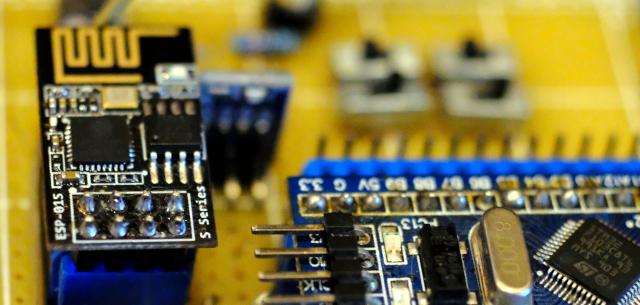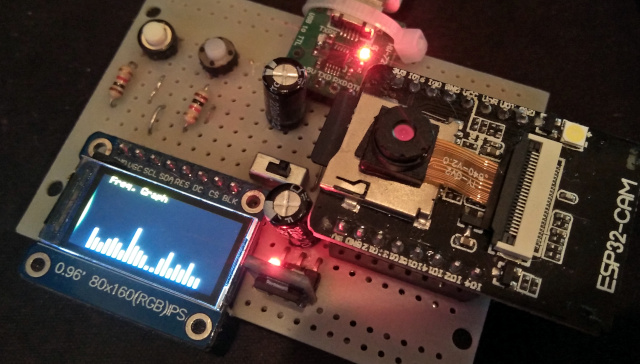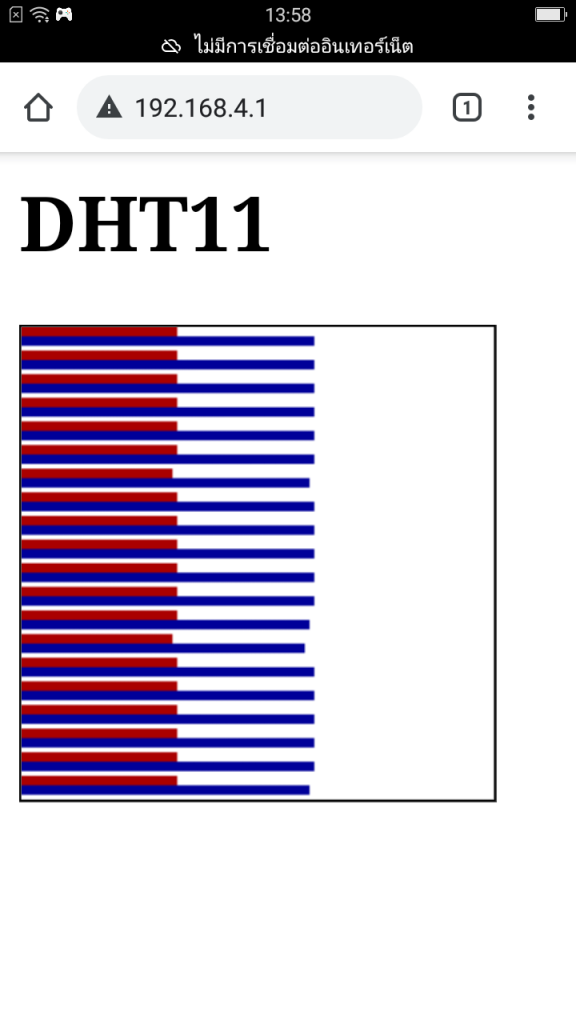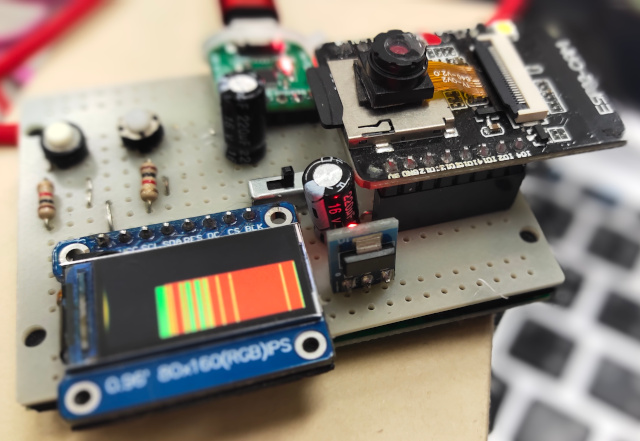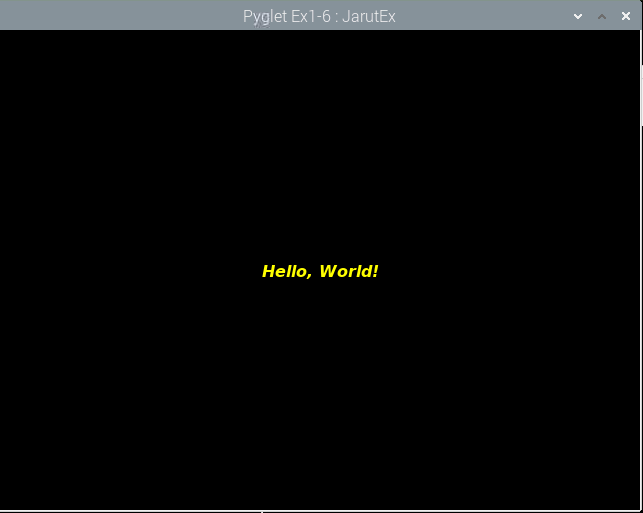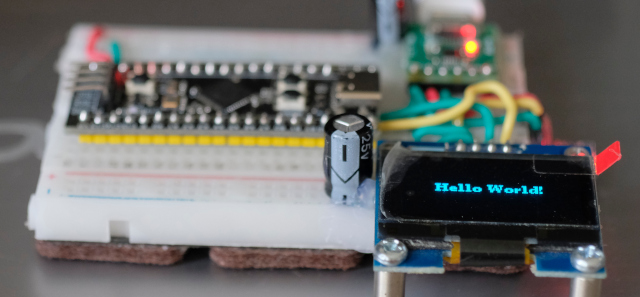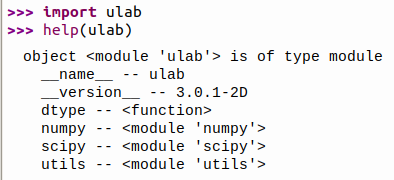[EN] Display time from NTP and TimeLib with esp8266
This article is an example of using the Arduino framework’s NTP and TimeLib libraries with either the ESP-01s (Figure 1) or esp8266 to report the current time via the web served by the esp8266, which in this example is called NTPClient and TimeLib libraries. An Internet connection is required to read the date and time from an NTP provider such as time.nist.gov.
